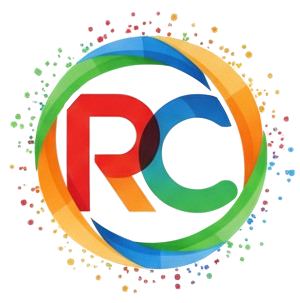Top 5 Reasons Substation Design Transforms Power Engineering

Introduction
As a fresh Electrical Power Engineer, stepping into the professional world can feel overwhelming. But there’s one area that offers incredible learning, growth, and impact—Substation Design. With hands-on experience at a 132kV Grid Station and exposure to solar energy systems, I’ve seen firsthand how critical substations are to stable and efficient power delivery. Understanding their design not only builds technical strength but also opens doors to long-term opportunities in the power industry.

🔌 1. Core of Power Distribution
Substations act as the backbone of power transmission and distribution. Whether stepping down voltage for consumer use or ensuring grid stability, substations ensure smooth operation of our entire power system. As an engineer, learning how they work gives you full visibility of the electrical flow from generation to consumption.

🛠️ 2. Real-World Learning During Internships
During my internship at the 132kV Grid Station in Balakot, I gained practical exposure to:
-
Busbar arrangements
-
Circuit breakers
-
Transformers
-
Protection & control systems
This experience showed how substation design impacts daily operations and maintenance. It helped me connect my academic theory to real equipment and processes.

🌞 3. Integration with Renewable Energy
My internship at G4E Solar Company introduced me to load calculations and inverter setups. I realized that substation design is not just for traditional grids—it’s equally important in integrating solar power into the main grid. Future engineers must learn to design hybrid substations that support both conventional and renewable energy sources.

🤖 4. Automation is the Future
In my final year project, I built an automated sorting system using PLC. This helped me understand logic design, sensors, and process control. These skills are directly useful in automated substations—where intelligent relays and SCADA systems manage power efficiently. Substation automation reduces human error, improves response time, and is becoming standard in modern infrastructure.

📌 FAQs
Q1: Is substation design only for experienced engineers?
No, even fresh graduates can learn the basics through internships, final year projects, and tools like AutoCAD Electrical and MATLAB.
Q2: What tools should I learn to get better at substation design?
Start with AutoCAD, MATLAB, ETAP, and Multisim. These tools help you simulate and draft real substation systems.
Q3: Can substation design help in renewable energy jobs?
Absolutely! Substations are critical in integrating solar, wind, and other renewables into the power grid.
For more information visit my linkedin profile https://www.linkedin.com/in/abbas-imran-a169412b4/
📞 Contact Information
Name: Abbas Imran
Email: abbasimrankashaf@gmail.com
Phone: +92 317 5766766
Brand: Electrical Power Engineer
- Arts & Entertainment
- Causes
- Crafts
- Dance
- Drinks
- Film
- Health
- Food Trends
- Gaming
- Home & Garden
- Health & Fitness
- Literature
- Music & Concerts
- Networking
- Other
- Party
- Religion
- Shopping
- Sports
- Theater
- Wellness
- Cryptocurrency
- NFT Trends
- Coin update
- Lifestyle
- Business & Finance
- Entrepreneurship
- Marketing Strategies
- Personal Finance
- Investment Tips
- Industry Trends
- Technology
- Gadgets & Reviews
- Software & Apps
- Cybersecurity
- Emerging Technologies
- How-To Guides
- Education
- Movie & TV Reviews
- Celebrity News
- Book Reviews
- Personal Development
- Motivation & Inspiration
- Life Hacks
- Community & Culture
- Local Events
- Cultural Insights
- Social Issues
- Interviews & Spotlights
- Volunteering & Activism
- Science & Nature
- Animal Behavior
- Beauty Tips
- Fashion Trends
- Product Reviews
- Food & Drink
- Cooking
- Restaurant Reviews
- Travel
- Arts & Crafts
- Photography
- Workout Routines
- Parenting Tips
- News
- Tips & Tricks
- Case Studies
- Product Reviews
- Interviews
- Opinion
- Research & Insights
- Events Coverage
- Personal Stories
- Announcements
- Trends & Predictions
- Guest Posts



